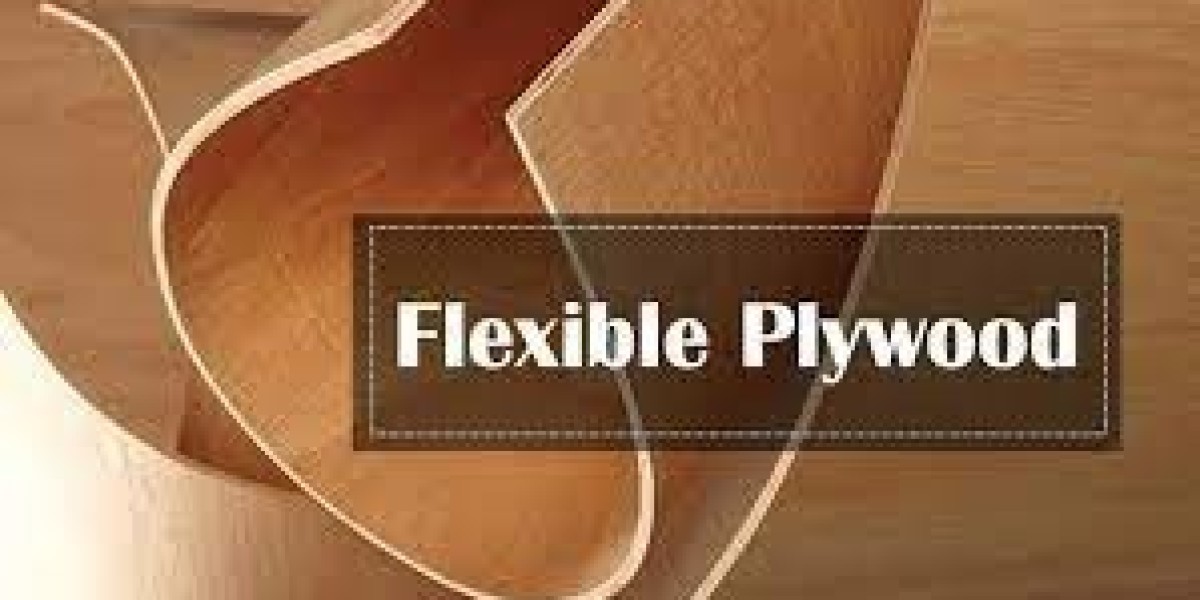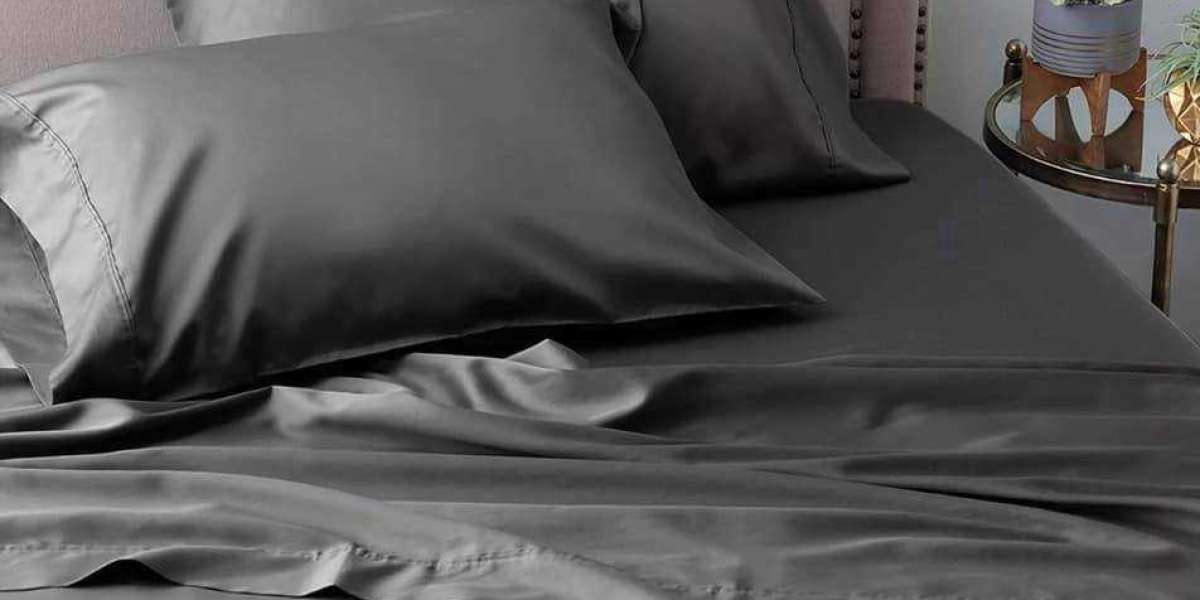Flexi Plywood: The Innovative Building Block
Flexi plywood, also known as bendable plywood or flexible plywood, is a remarkable building material designed to bend and curve easily without breaking. It can seamlessly adapt to curved surfaces because it is constructed from thin layers of wood veneers with specialized adhesives. Wood’s flexibility and strength are improved through manufacturing, ensuring the wood fibers are oriented in numerous directions.
What differentiates Flexi Plywood from Traditional Plywood?
Flexi plywood, as opposed to normal plywood, is a flexible material that can be shaped to meet the needs of the design. It allows architects and designers to experiment with unique and innovative buildings that were previously thought to be difficult to achieve. Curves, arches, and other complicated designs are possible using flexi plywood, providing a more visually beautiful and functional outcome.
The Versatile Applications of Flexi Plywood
Flexible plywood is used in a wide range of projects. This material can transform any area, from modern furniture design to generating eye-catching interior accents. It is commonly used to create gracefully curved ceilings, walls, and dividers. It also creates visually appealing surfaces for buildings and creative sculptures and installations. Furthermore, flexible plywood is popular for creating smooth, flowing shapes in boats and yachts. Regarding thickness, flexi plywood normally comes in a range of thicknesses ranging from 3mm to 9mm.
The Benefits of Using Flexi Plywood for Your Projects
- Flexi plywood allows designers to look beyond traditional shapes to build visually remarkable structures and interiors.
- Because Flexi plywood can be easily bent to match any design, it considerably lowers building and installation time, resulting in much faster project completion.
- While initially priced slightly higher than normal plywood, the ultimate cost is frequently lower due to lesser labor expenses and material waste.
- Flexi plywood preserves its strength and stability despite its flexibility, giving it a reliable choice for long-lasting buildings.
- Flexi plywood has the advantage of being produced entirely of gurjan wood, a high-quality hardwood noted for its strength and longevity.
- Additionally, Flexi plywood is borer and fungus resistant, protecting it against insect damage and fungal growth.
- Furthermore, flexible plywood is boiling waterproof, making it very resistant to moisture, which is critical for projects in damp or moist environments.
How to Work Effectively with Flexi Plywood
Proper Handling: Flexi plywood should be handled carefully during shipping and storage to avoid harm to its delicate structure.
Moisture Control: Keep flexi plywood away from excessive moisture, as it can influence its flexibility and function.
Choosing the Correct Thickness: Determine the suitable thickness of flexi plywood based on the project’s requirements and the design’s curvature.
The Role of Flexi Plywood in the Future of Construction:
Flexi plywood is at the forefront of the revolution as ecological and innovative construction practices gain popularity. Its capacity to reduce material waste, accelerate building timetables, and contribute to visually beautiful designs makes it a necessary asset in the future of architecture and construction.








